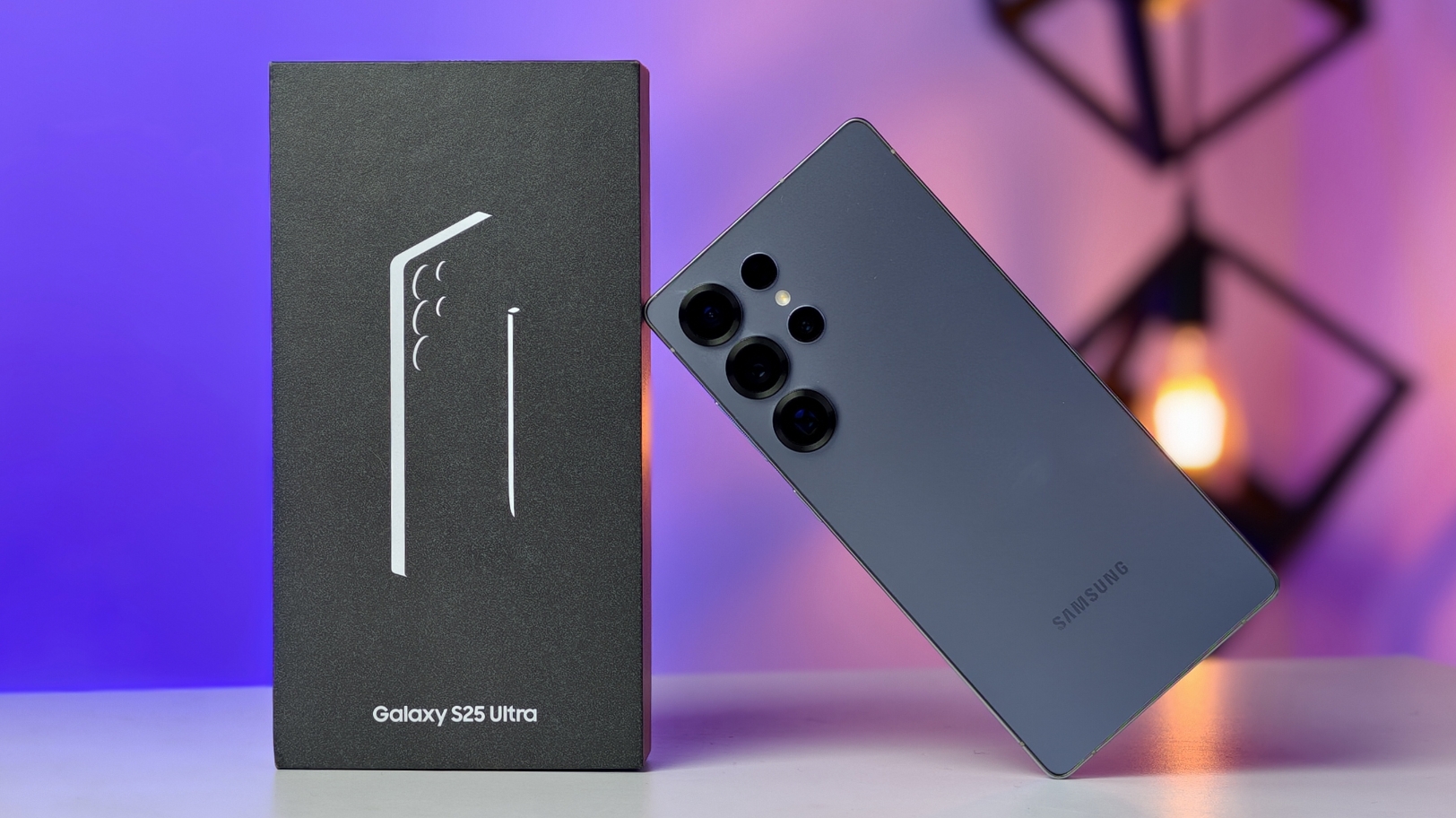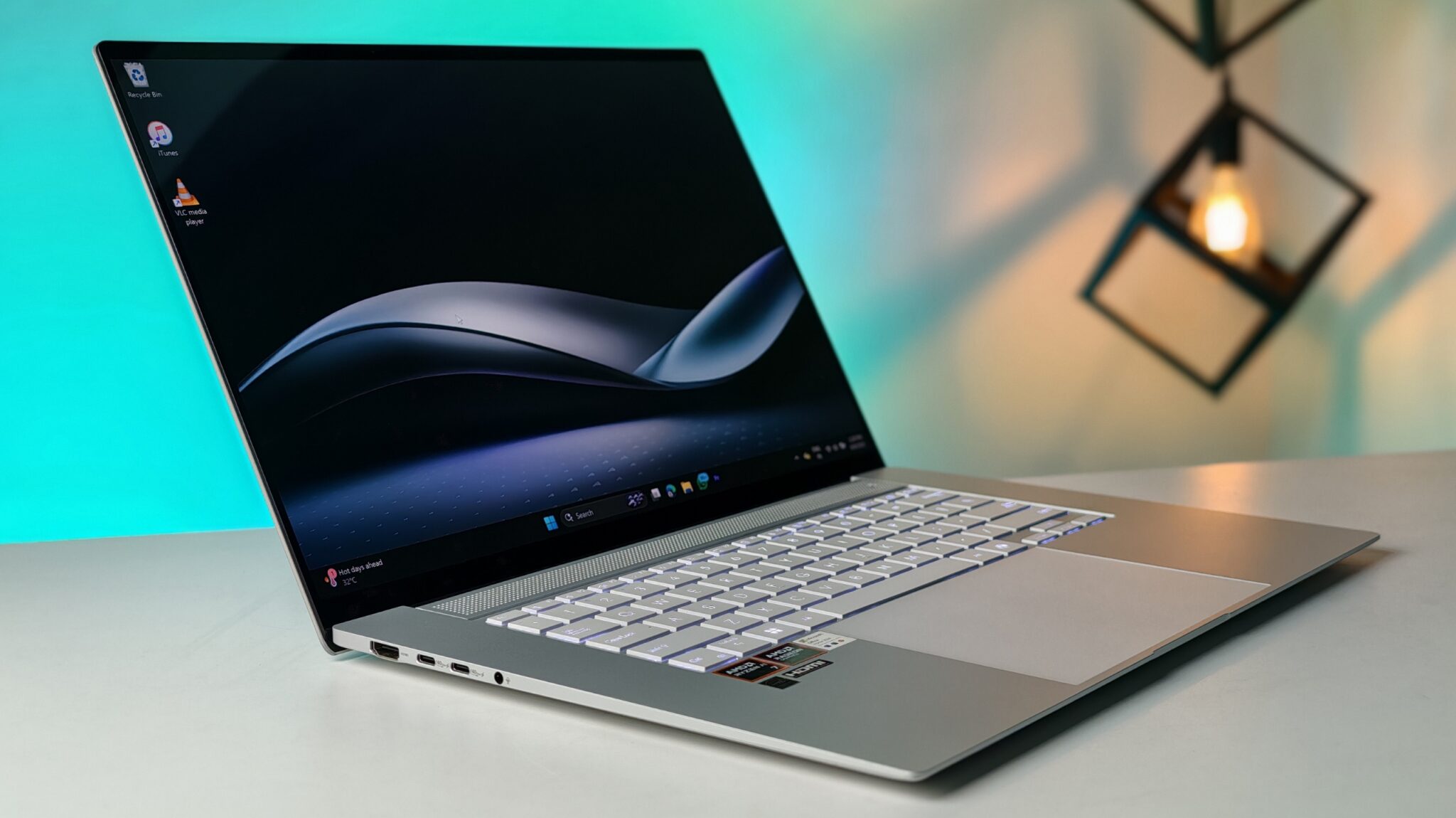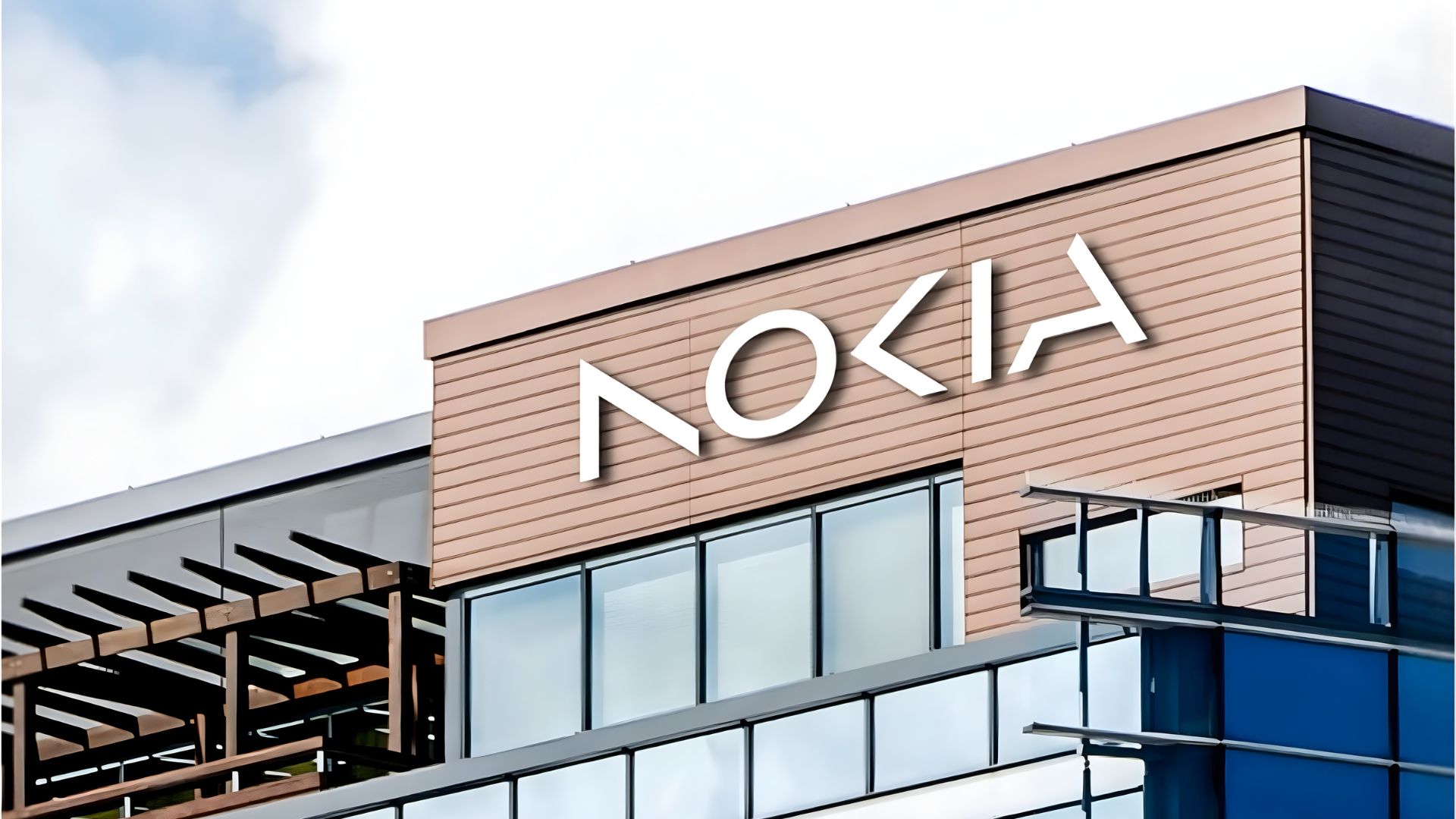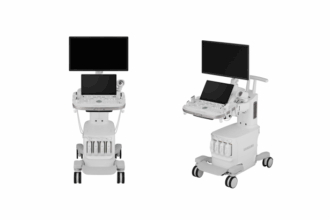Bajaj Auto, one of India’s foremost two and three-wheeler manufacturers, reported total sales of 360,806 units in June 2025—a modest 1% increase over June 2024’s tally of 358,477 units. While that topline figure might suggest stability, a closer look reveals a tale of contrasts. The company leaned heavily on strong export performance to offset domestic sluggishness, a strategy that seems to have worked, at least for now.
Key Takeaways:
- Total sales for June 2025 stood at 360,806 units, up 1% YoY
- Exports surged 21% YoY to 172,346 units
- Domestic sales dropped 13% YoY to 188,460 units
- Two-wheeler sales declined 2% YoY to 298,484 units
- Commercial vehicle sales rose 14% YoY to 62,322 units
- YTD sales reached 1,111,237 units, up 1% YoY
- Chetak electric scooter sales jumped 154% YoY to 23,004 units
The Global vs. Local Divide
What really powered the sales figures was Bajaj Auto’s export engine. In June 2025, exports clocked in at 172,346 units—a healthy 21% rise from the previous year. That kind of growth isn’t accidental. The company’s presence in over 70 countries continues to serve as a buffer, especially when domestic demand turns wobbly. Global strategies appear to be gaining traction, particularly in markets where affordability and durability are key decision drivers.
On the flip side, domestic sales dropped to 188,460 units, marking a sharp 13% year-on-year fall. This isn’t entirely surprising given the broader economic signals from within India. Weak consumer sentiment, possible inflationary pressures, and tighter financing options are all contributing factors. For a company that once thrived on the strength of the Indian middle class, that’s a concerning development.
Two-Wheelers vs. Commercial Vehicles
The two-wheeler segment, traditionally Bajaj’s stronghold, saw a minor setback with sales slipping 2% YoY to 298,484 units. Yet, there’s a silver lining. The electric Chetak scooter saw a remarkable upswing, with 23,004 units sold in June 2025. That’s a whopping 154% jump compared to June 2024. The introduction of the more accessible Chetak 3001, priced at Rs 99,990 (ex-showroom, Bengaluru), likely played a role. It suggests growing consumer confidence in electric mobility—or at least curiosity that translates into sales.
Commercial vehicle sales tell a more upbeat story. Bajaj Auto moved 62,322 units in June 2025, a 14% increase YoY. This segment, largely driven by three-wheelers used for passenger and cargo purposes, remains a dependable performer. Recent traction in electric three-wheelers, including the ‘GoGo’ range, has added new energy to this segment. Demand from small businesses and fleet operators seems stable, if not growing.
The Market and the Competition
India’s two-wheeler space is intensely competitive. Bajaj Auto’s slight decline in this segment doesn’t exist in a vacuum. The company’s electric Chetak managed to become the second-best selling electric scooter in June 2025, trailing only TVS iQube’s 25,274 units. That’s a small but notable win in a fast-evolving landscape. Electric two-wheeler sales across India hit 105,282 units in June, a record-breaking 32% jump YoY.
Traditional motorcycles—including Pulsar, Avenger, and Dominar—haven’t fared as well recently. Some models saw muted traction despite pricing tweaks. However, the premium segment is seeing some life. Bajaj’s partnership with Triumph, for instance, has yielded positive results. Triumph volumes doubled to 12,000 units in recent quarters. It’s not a volume game yet, but it could hint at where the market is headed.
Financial Pulse and Strategic Vision
Financially, Bajaj Auto seems resilient. In Q4 FY25, standalone net profit rose 6% to Rs 2,049 crore, while revenue climbed 6% to Rs 12,148 crore. With year-to-date sales reaching over 1.11 million units, the broader trend points to cautious optimism.
Interestingly, the company’s strategic investment in KTM AG—an €800 million move to gain majority control—signals long-term ambitions in the premium sports bike category. Beyond the obvious branding benefits, it opens access to European tech and new customer segments in the high-margin 400-1,000 cc range.
Legacy Meets Innovation
With roots going back to 1945, Bajaj Auto’s evolution from a humble importer to a global manufacturing giant is well documented. The legacy of models like the Pulsar still looms large, but it’s the newer initiatives—especially in electric mobility and international expansion—that are shaping its future. The balancing act between honoring its past and embracing what’s next is evident in its recent moves.
Public Sentiment and User Voice
Across digital forums and social platforms, users often debate Bajaj Auto’s reliability and cost-efficiency. The Chetak electric scooter, in particular, generates a fair amount of buzz—not just for its looks and performance, but also for practical concerns like charging time and maintenance. Meanwhile, three-wheeler owners frequently praise the brand’s durability, especially in rougher terrains or demanding work conditions. It’s a mix of pride and practicality, which says a lot about the brand’s positioning.
In sum, Bajaj Auto’s June 2025 sales figures reflect a company navigating through shifting sands. The drop in domestic two-wheeler sales is a warning sign, yet not a crisis. Buoyant export performance and electric segment gains offer enough cushioning—and perhaps even a road map for what lies ahead. With strategic bets like the KTM acquisition and a sharper focus on EVs, Bajaj seems intent on riding the next wave rather than being swept by it.
FAQs
Q1: What were Bajaj Auto’s total sales in June 2025?
A1: The company sold 360,806 units in June 2025.
Q2: How did Bajaj Auto’s export sales perform?
A2: Exports rose 21% year-on-year to 172,346 units.
Q3: What was the trend in domestic sales?
A3: Domestic sales dropped 13% YoY to 188,460 units.
Q4: What about two-wheeler sales?
A4: Two-wheeler sales fell 2% YoY, totaling 298,484 units.
Q5: How did commercial vehicles fare?
A5: Sales in this category rose 14% YoY to 62,322 units.
Q6: What drove Chetak’s growth?
A6: The electric scooter sold 23,004 units, a 154% YoY rise, thanks in part to new variants like the Chetak 3001.
Q7: What are Bajaj Auto’s YTD figures?
A7: Year-to-date sales stood at 1,111,237 units, up 1% from last year.
Q8: Why are domestic sales down?
A8: Likely due to economic pressures such as inflation and cautious consumer spending.
Q9: What’s the EV strategy?
A9: Expanding the Chetak lineup and investing in electric three-wheelers.
Q10: Where is Bajaj Auto based, and what do they do?
A10: Headquartered in Pune, India, Bajaj Auto manufactures two-wheelers and three-wheelers for both domestic and international markets.



















